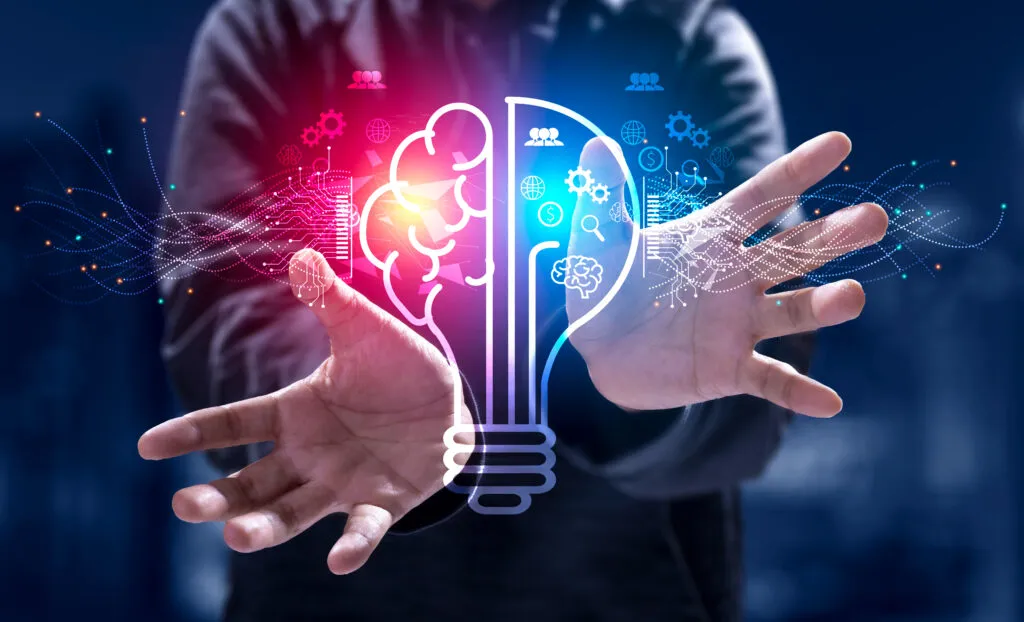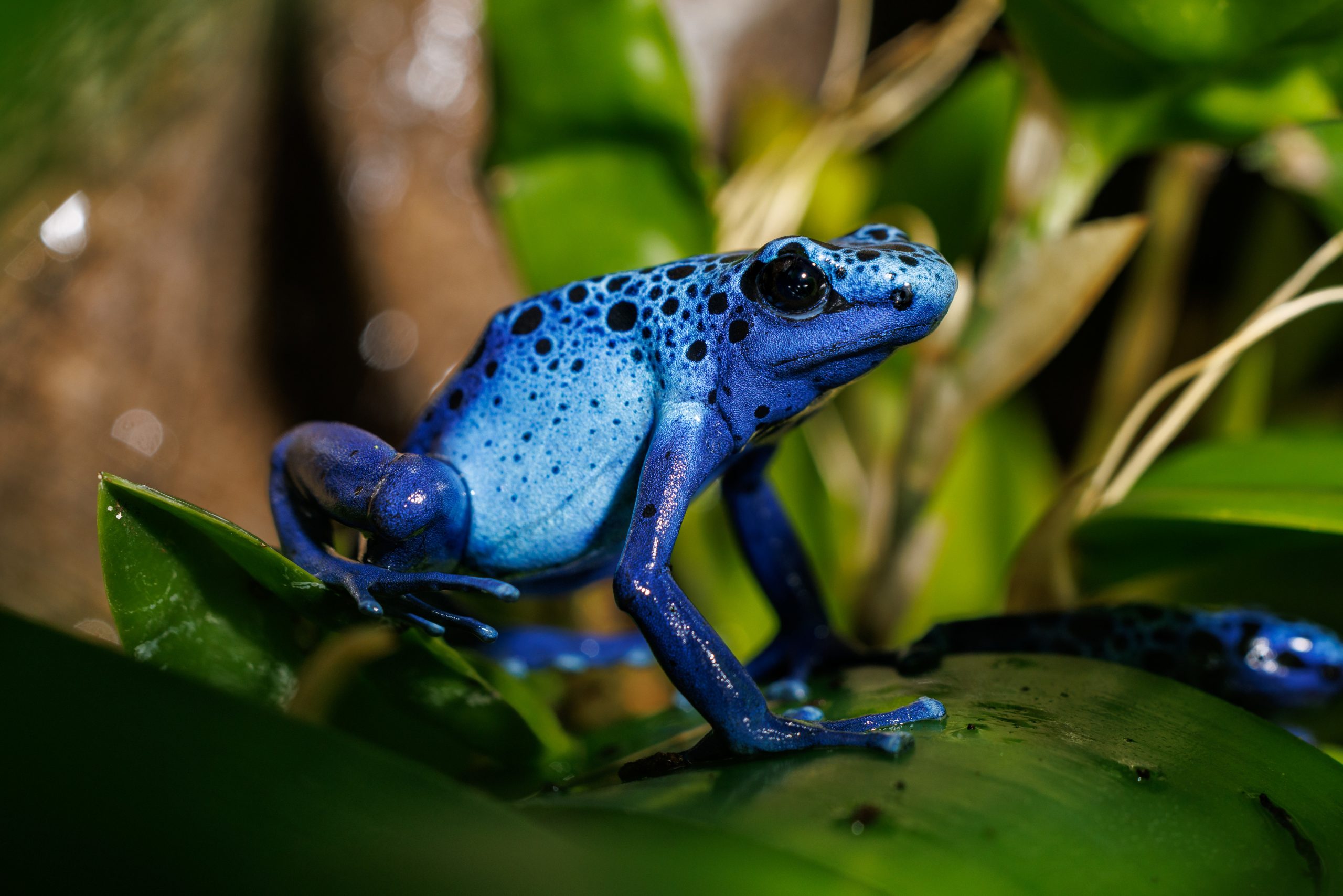Introduction to Science and Technology Integration
Imagine a world where cutting-edge science transforms the devices we use every day. This isn’t just wishful thinking; it’s happening now. Companies like Dyson, Apple, and Samsung are leading the way in embedding scientific advancements into our everyday technology. From air purification systems that clean our living spaces to health sensors that monitor our well-being, these innovations are reshaping how we interact with tech.
Gone are the days when gadgets served mere functional purposes. Today’s technology incorporates elements of advanced research and development, enhancing user experience while promoting healthier lifestyles. With features like spatial audio for immersive sound experiences and AI assistants that make life easier than ever before, science is becoming an inseparable part of modern living.
Let’s dive deeper into how these industry giants are revolutionizing their products by merging science with technology—bringing us closer to a future where innovation meets daily convenience.
The Role of Dyson in Bringing Science into Everyday Tech
Dyson has redefined the landscape of home technology by integrating scientific principles into its products. It’s not just about sleek designs; it’s about functionality grounded in research.
Take air purification, for example. Dyson’s air purifiers utilize advanced filtration systems backed by rigorous testing. They don’t merely filter out pollutants but actively capture allergens and harmful particles, ensuring cleaner indoor environments.
Moreover, their vacuum cleaners employ cyclonic technology that separates dust efficiently without clogging filters. This innovation stems from a deep understanding of physics and engineering.
Even in hair care, Dyson applies science with intelligent heat control to prevent damage while styling. Each product is an intersection of art and precise engineering.
By embedding these scientific advancements into everyday tech, Dyson empowers consumers to make healthier choices at home while elevating convenience and performance across various aspects of daily life.
Apple’s Innovations Through the Integration of Science
Apple has consistently pushed the boundaries of technology by weaving scientific principles into its products. The integration of health sensors in devices like the Apple Watch exemplifies this approach. These sensors monitor vital signs, activity levels, and even detect irregular heart rhythms, putting health management at users’ fingertips.
Moreover, Apple’s commitment to spatial audio creates an immersive sound experience that uses advanced algorithms to enhance auditory perception. This innovation is not just about music; it transforms how we consume content across all platforms.
Artificial intelligence plays a pivotal role as well. AI assistants such as Siri are continually evolving through machine learning techniques, making interactions more intuitive and personalized for users.
By embedding science into their innovations, Apple shapes technology that resonates with everyday life while addressing consumer needs in health and entertainment seamlessly.
Samsung’s Technological Advancements with a Scientific Touch
Samsung has always pushed the envelope in technology, seamlessly weaving scientific principles into their product designs. Their Galaxy smartphones now feature advanced health sensors that monitor vital statistics like heart rate and blood oxygen levels.
This integration of science not only enhances user experience but also promotes personal well-being. With these features, consumers gain insights into their health without needing separate devices.
Beyond smartphones, Samsung’s home appliances are a testament to innovative thinking. The company’s air purification systems harness cutting-edge filtration technologies to create cleaner living environments. These products are designed with both functionality and aesthetics in mind.
Their audio technology stands out too, particularly with spatial audio capabilities that immerse users in soundscapes unlike ever before. This engineering marvel creates an auditory experience reflecting real-world acoustics—an achievement born from rigorous research and development practices.
Every advancement showcases how Samsung is committed to marrying science with everyday tech for enhanced lifestyles.
Impact on Consumers and Society
The integration of science into everyday technology has transformed how consumers interact with their devices. With advancements in air purification, homes now benefit from cleaner air, promoting better health and well-being.
Health sensors embedded in wearables have empowered individuals to monitor vital signs. This awareness encourages proactive healthcare decisions and fosters a culture of wellness among communities.
Moreover, innovations like spatial audio enhance entertainment experiences. Users are immersed in soundscapes that elevate enjoyment whether they’re watching movies or playing games.
AI assistants are revolutionizing daily tasks as they learn user preferences over time. These intelligent systems streamline routines, making life more convenient for everyone.
As these technologies evolve, they create a ripple effect throughout society. Enhanced connectivity fosters collaboration and innovation across various sectors, driving progress at an unprecedented pace.
Challenges and Criticisms
The integration of science into everyday technology is not without its hurdles. While companies like Dyson, Apple, and Samsung push boundaries, they face skepticism from consumers. Concerns about privacy arise as health sensors collect sensitive data.
Moreover, the cost of advanced tech can alienate some users. Many people feel that cutting-edge features often come at a premium price. This creates a divide between those who can afford the latest innovations and those left behind.
Environmental issues also surface amidst these advancements. The production processes for high-tech gadgets often lead to significant waste and pollution challenges. Critics argue that brands must focus on sustainable practices alongside scientific development.
Additionally, there’s an ongoing dialogue about reliance on AI assistants in daily life. Some fear losing touch with human interaction as technology takes over mundane tasks. Balancing convenience with real-life connections remains a critical concern for society today.
Future Possibilities for Science-Infused Technology
The technological landscape is evolving rapidly, and the future of science-infused technology looks promising. As companies like Dyson, Apple, and Samsung continue to push boundaries, we can expect even more integration of scientific principles into everyday devices.
Imagine a world where air purification systems are enhanced by AI assistants that learn from our habits. These smart home technologies could automatically adjust filters based on real-time data about air quality. Health sensors might become commonplace in wearables, offering personalized insights into our well-being while seamlessly integrating with mobile devices.
Spatial audio technology could elevate how we experience sound across various platforms—from entertainment to virtual meetings—making immersive experiences available at our fingertips. The upcoming advancements may not only enhance personal convenience but also improve public health outcomes through better environmental monitoring.
As these innovations unfold, consumers will likely benefit from smarter products that prioritize health and wellness without compromising style or functionality. The merging of science with everyday tech holds great potential for creating solutions that fit seamlessly into modern lifestyles while addressing pressing global challenges.
The next wave of technological advancement promises to redefine what’s possible in both consumer electronics and beyond. As innovators embrace this journey, one thing is clear: the intersection between science and technology will shape the future in ways we’ve yet to imagine.




